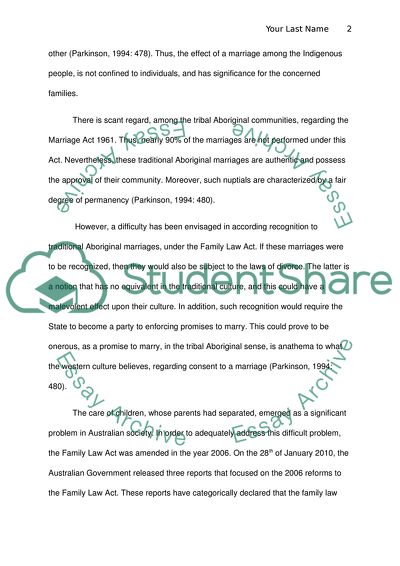Cite this document
(Discrimination in the Australian Law of Marriage Literature review, n.d.)
Discrimination in the Australian Law of Marriage Literature review. Retrieved from https://studentshare.org/law/1741608-does-the-law-of-marriage-in-australia-discriminate-against-certain-groups-of-people-should-the-law-of-marriage-be-reformed-as-a-consequence
Discrimination in the Australian Law of Marriage Literature review. Retrieved from https://studentshare.org/law/1741608-does-the-law-of-marriage-in-australia-discriminate-against-certain-groups-of-people-should-the-law-of-marriage-be-reformed-as-a-consequence
(Discrimination in the Australian Law of Marriage Literature Review)
Discrimination in the Australian Law of Marriage Literature Review. https://studentshare.org/law/1741608-does-the-law-of-marriage-in-australia-discriminate-against-certain-groups-of-people-should-the-law-of-marriage-be-reformed-as-a-consequence.
Discrimination in the Australian Law of Marriage Literature Review. https://studentshare.org/law/1741608-does-the-law-of-marriage-in-australia-discriminate-against-certain-groups-of-people-should-the-law-of-marriage-be-reformed-as-a-consequence.
“Discrimination in the Australian Law of Marriage Literature Review”. https://studentshare.org/law/1741608-does-the-law-of-marriage-in-australia-discriminate-against-certain-groups-of-people-should-the-law-of-marriage-be-reformed-as-a-consequence.


